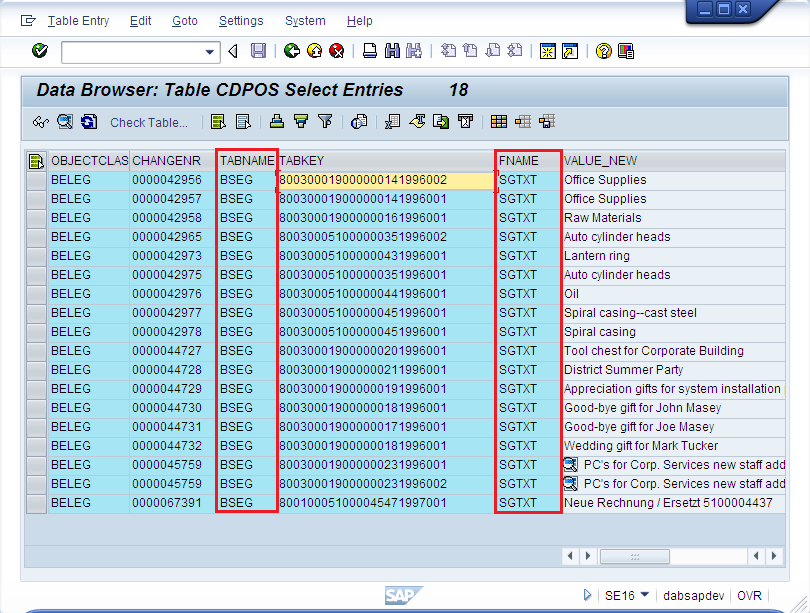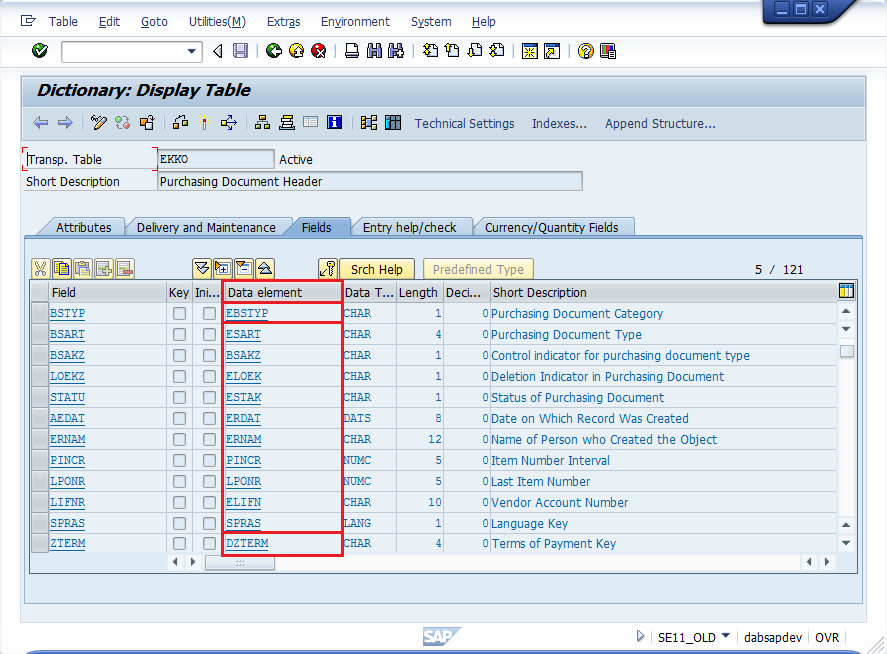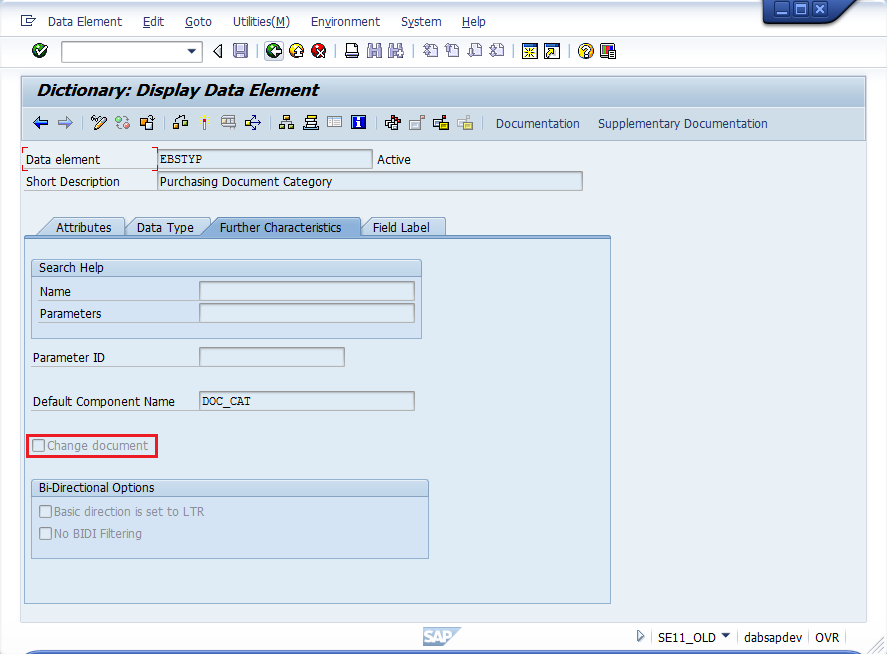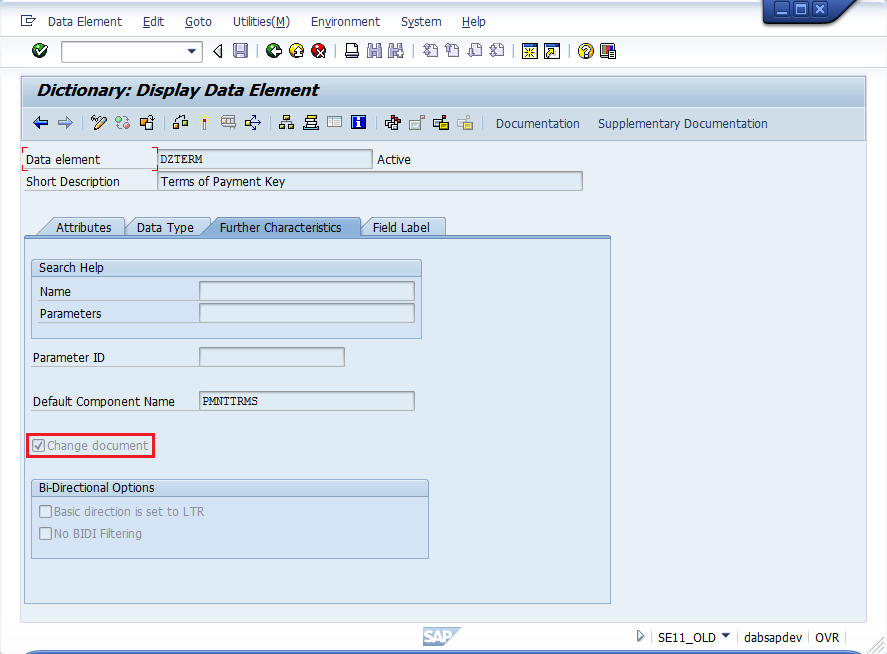SAP® Change Tables – (Part 1) What tables and field changes are actually getting logged, and where?
The following article about SAP® Change Tables has been split into two parts because of volume and complexity. This one contains the first part, the second part will be published on our blog on 20th of February.
In the latest SAP®/ACL™-Training I gave there was a big chapter regarding the SAP® Change Documents. There is a pair of tables named CDHDR and CDPOS where all types of business related changes are stored.
This makes it very interesting for data analytics in common, and especially for Internal Audit.
Details regarding that change tables can be looked up in our recent Whitepaper and are not part of this blog post.
- Logging changes that are related to business elements and objects
- Technical table logging, which is mainly intended for customizing objects
Both mechanisms do sound similar, both can be looked up using the same SAP® transactions codes, but are intended for a different use. They also work differently on technical level. In this blog post I will compare both and give some detail information.
1. Logging changes that are related to business elements and objects
Our whitepaper „SAP® Changetables: How to reveal hidden information” is dealing with that in detail. It explains that changes to business elements like purchase orders, vendors, customers etc. are getting logged on table and field level in CDHDR and CDPOS.
The following screenshot for example shows the changes of financial document posting texts changes (located in table BSEG, field SGTXT) which have been logged there:
Calling transaction AUT03 using table name „EKKO“ (this table contains purchase order headers), the logging parameters are displayed.
We are interested in all changes that are recorded in CDHDR/CDPOS; AUT03 shows us that these changes are recorded using the change document object „EINKBELEG“.
The field list in that screen shows which field changes are getting protocolled. Changes of the „Terms of payment key“ (ZTERM) are logged, changes of „purchasing document category“ (BSTYP) will not be logged.
Both ways to get the information are very similar. A slight disadvantage from my point of view is the facdt, that only transaction AUT03 showed us, which change document object class („EINKBELEG“) has been assigned to purchase order table EKKO.
This completes our view on the aspect of logging changes related to business elements and objects. We will continue next week to examine the technical table logging, which is intended for customizing objects.






